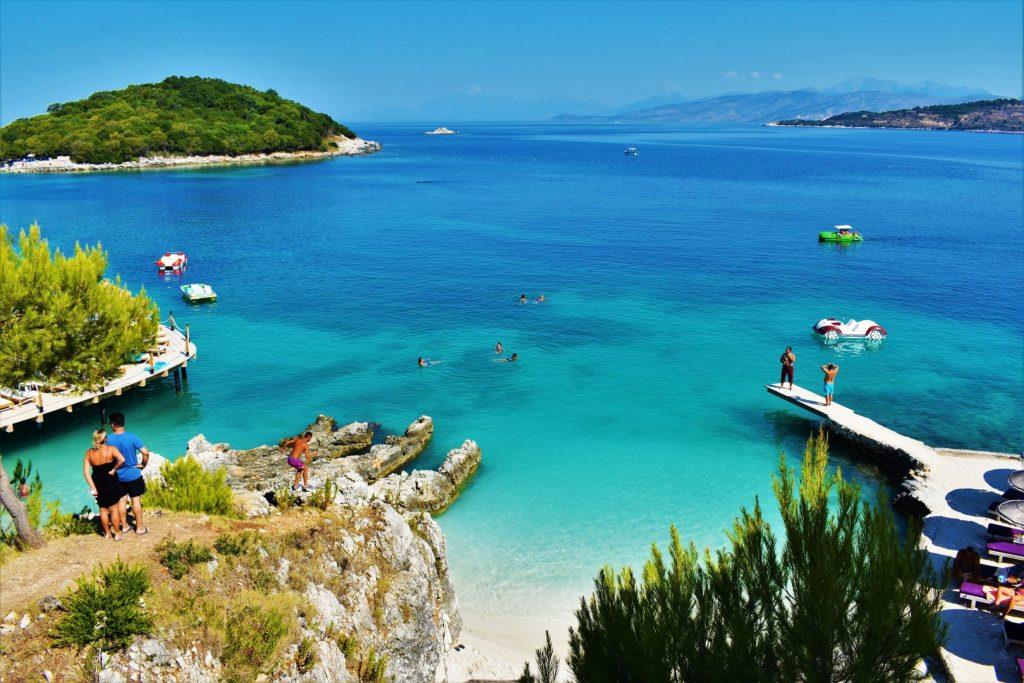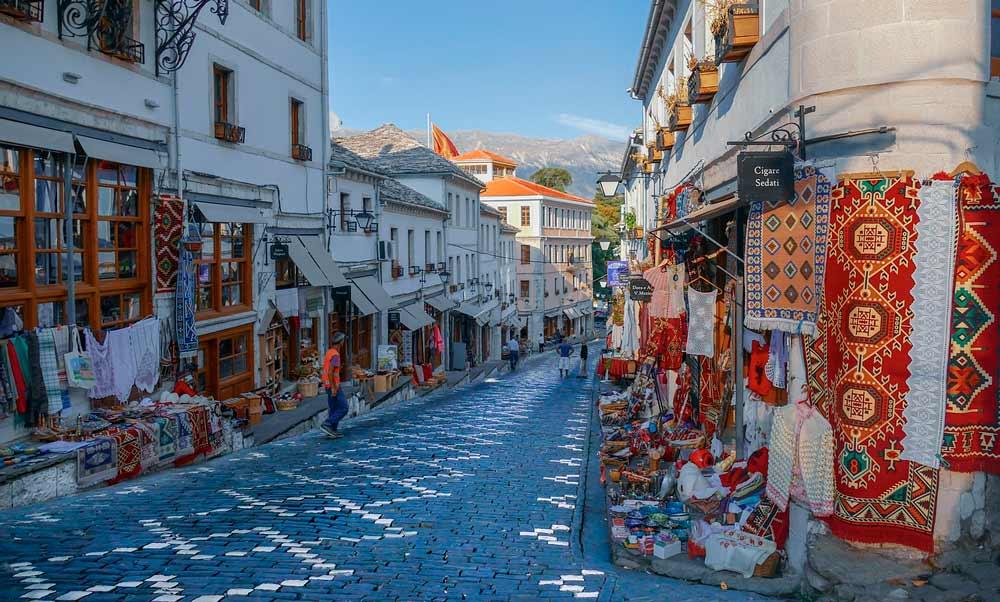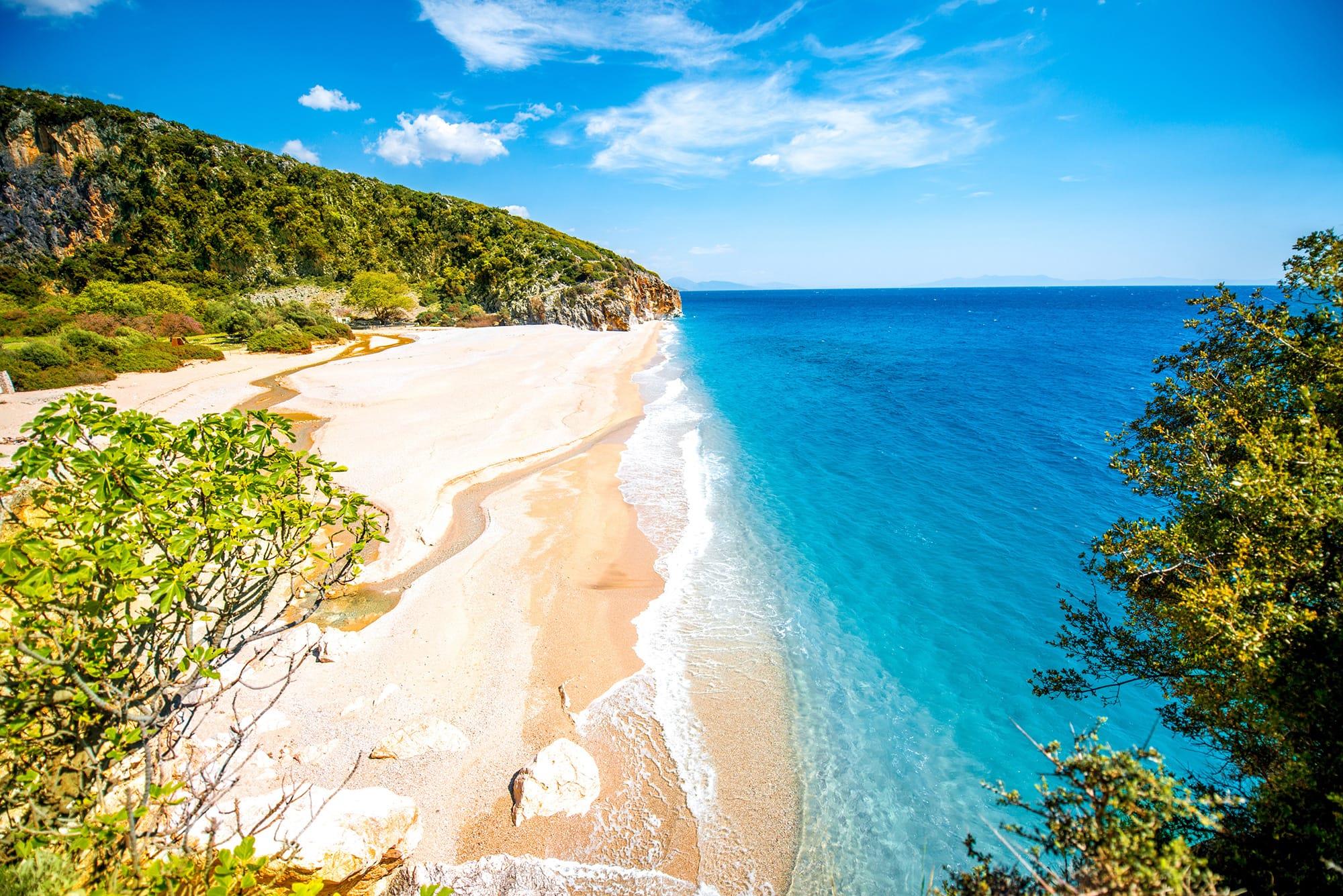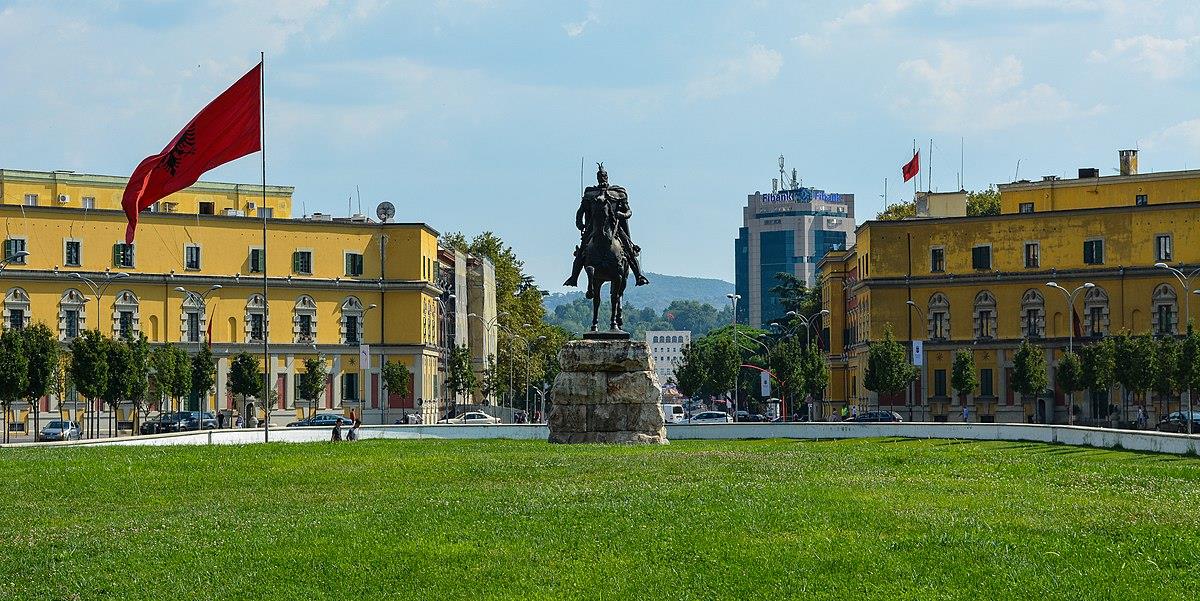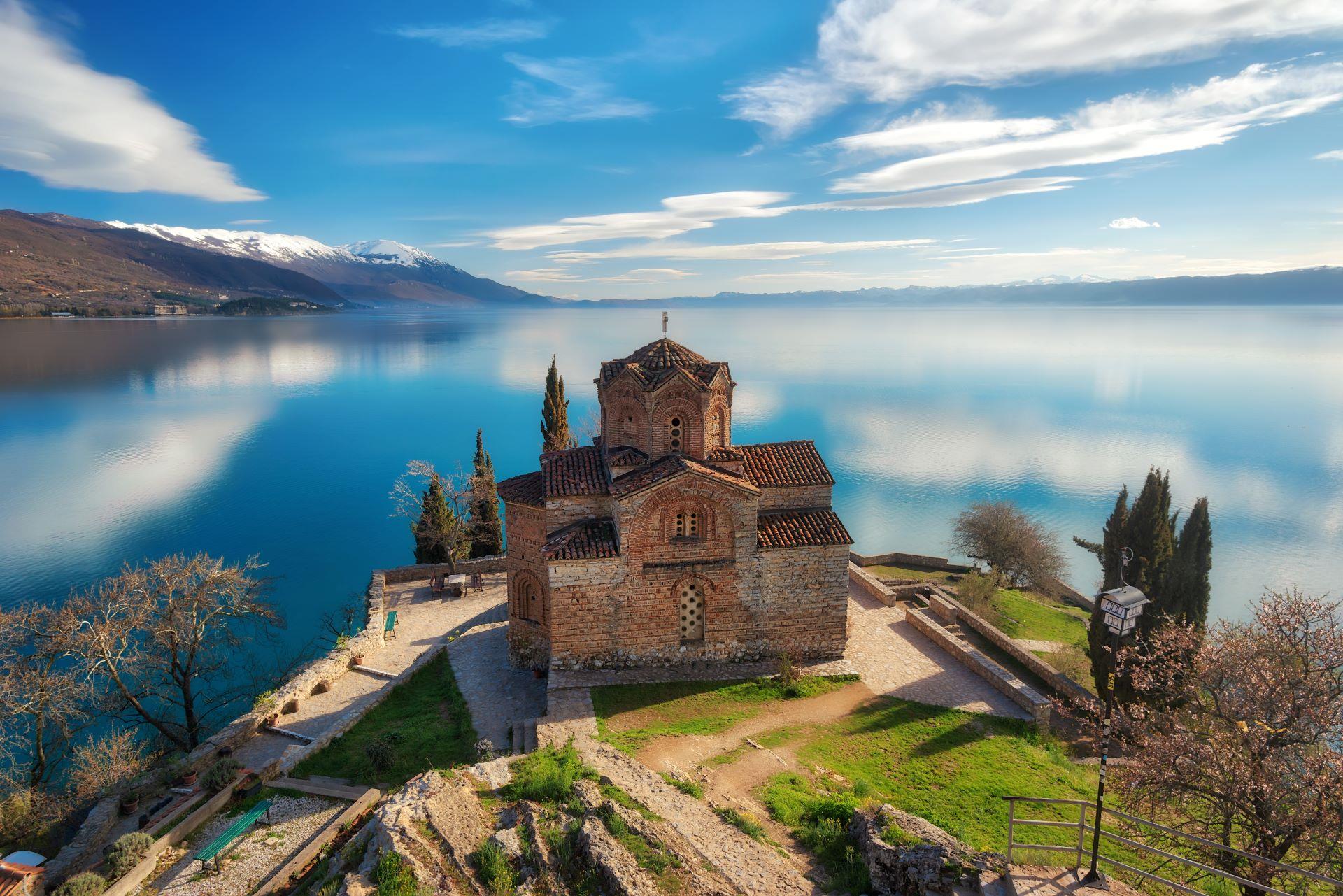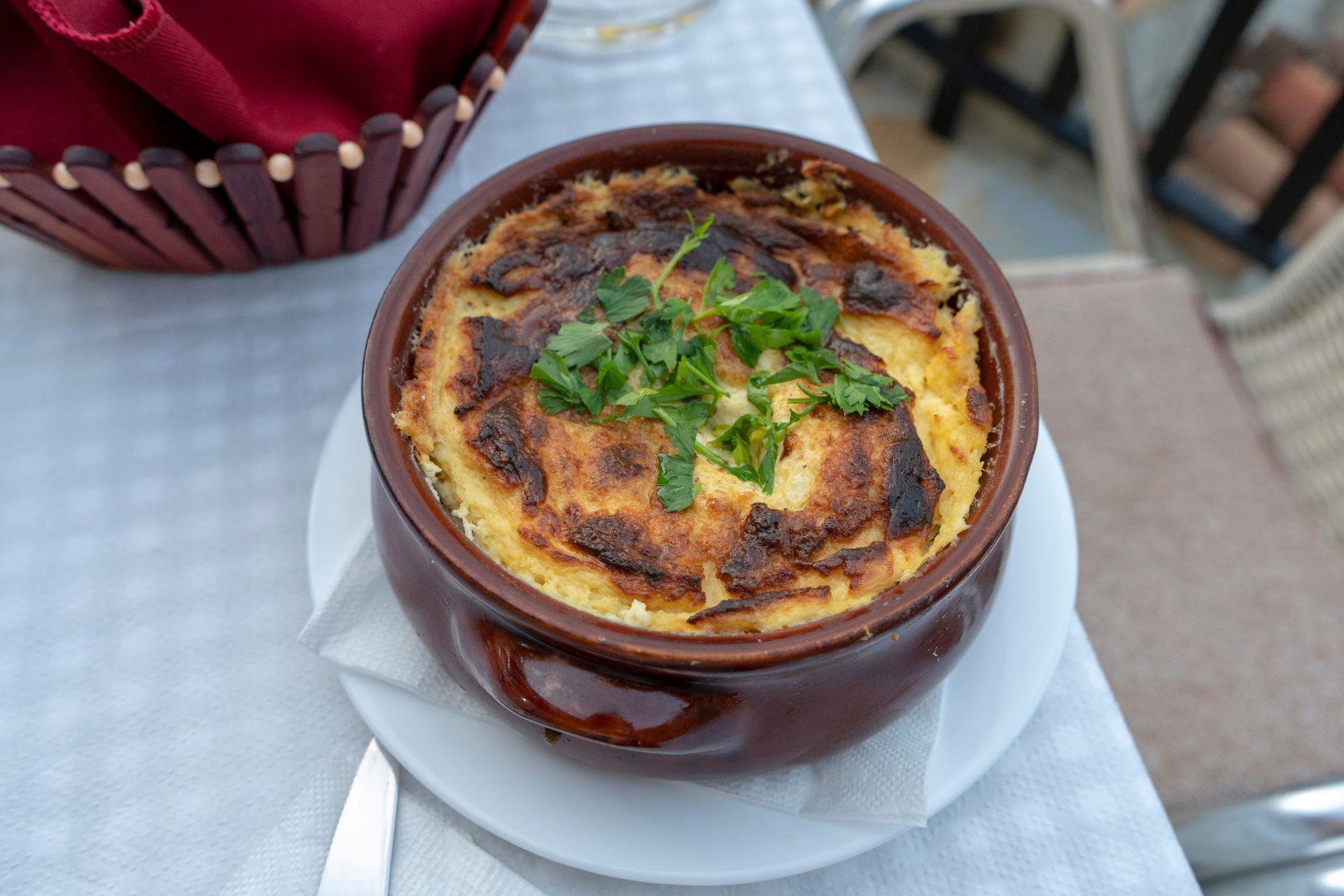Spend a perfect day with this Albania tour that includes 3 Unesco sites. You will travel along the Albanian coast to get to south Albania the first stop is Vlora, the symbolic city of independence. Arrive in Butrint Albania, visit the archaeological park, and then head to Saranda and enjoy the breathtaking Albanian Riviera. At the end of the day you will visit the medieval castle of Gjirokastra, and then you will return to Tirana.
Things to do South Albania Tour: from Tirana to Saranda
Highlights to see in South Albania Tour: from Tirana to Saranda
Details
Duration
14 hours 30 minutes
Language
Guide in English
Price
Adultos: 240.00 €
Less than 5: 168.00 €
Availability and starting time
07:00 - Monday, Tuesday, Wednesday, Thursday, Friday, Saturday and Sunday
When to book?
You can reserve up to 24 hours before the activity
Free cancellation
Cancel free up to 2 days 30 minutes before the activity and receive a full refund.
Included
Travel by Comfortable AC Car or minivan
English speaking Guide
Entry Tickets to the Archeological Park of Butrint
Entry Tickets to Castle of Gjirokastra
Entry Tickets to the Museum of Gjirokastra
City Tour of Gjirokastra
Archaeological park of Butrint
City of Saranda
City of Gjirokastra
Albanian Riviera
1 Participación en Premios Mensuales:
Ver Premios
Excluded
Lunch and drinks
Meeting point
Conditions
How to book?
Limited availability. Book as soon as possible to guarantee availability. Choose date and fill in the required fields. Secure and protected payment. You will immediately receive your booking confirmation.
Is the interior of the monuments visited?
Exterior and interior of most named sites
Is the tour adapted for people with reduced mobility?
Not adapted
Guaranteed departures without min of travelers
Not
Are animals allowed?
Not
Activity recommended for children?
Yes, families are welcome
Our promises
Best price guaranteed
Quick and easy reservation
Multilingual Customer Service
Secure payment
Contact us
Do you have any question?
Would you like this tour in private?
Reservation
Cancel or modify reservation


